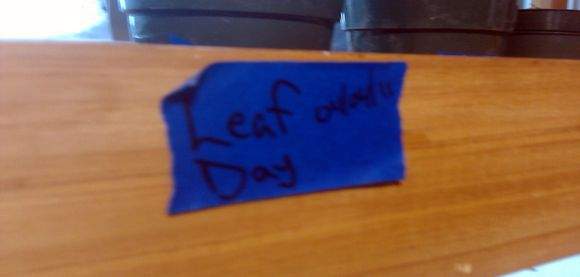
A reminder at Tawse Winery
One of the first wines I tasted when I arrived in Niagara-on-the-Lake for TasteCamp 2011 was a riesling. Its crushing acidity very nearly made ceviche out of my tongue.
Now before I start to sound like a certain wine critic, I should point out that I cut my wine teeth on Finger Lakes riesling. I like acidity, but I like balance better.
An Acid Balancing Act
Back to Niagara, where titratable acidity (TA) in rieslings regularly reaches double digits on the grams per liter scale (for Canadians, that's grams per litre). I made it a point to ask the residual sugar on almost every riesling I tried. The best rieslings that I had at TasteCamp were above 1.5% RS. (NB: At the risk of overgeneralizing, pH and total acidity -- total positive ions in addition to the protons measured by titratable acidity, e.g., potassium and calcium ions - can also affect the perception of acidity.)
As we ponder why this might be, let's look at the NYCR Wines of the Year competition for the past two years.
In the Finger Lakes category, the 2010 white wine of the year (and in turn, New York State wine of the year with a unanimous vote) was the 2008 Billsboro Riesling (10.8 g/L TA, 2.5% RS). In 2011, the Finger Lakes riesling of the year was Damiani 2010 Riesling, with a whopping 12 g/L TA and 4% RS. We've previously addressed reasons why sweeter rieslings might do better in large tastings, particularly in the absence of food.
It could be that among many other wines, drier rieslings can't compete due to simple palate fatigue. This is probably part of the overall picture. Also, I'm sure that some of the more zingy offerings in would have benefited from a complementary food pairing. However, it could also be that in high-acid vintages, you just need some sugar to balance things out. It's not a bad thing. In fact, careful attention to a wine's acid-sugar (and generally, acid-alcohol-tannin-sugar) balance demonstrates responsible and thoughtful winemaking.
For example, Hermann J. Wiemer rieslings almost never go below 0.7% RS, even for "dry" offerings.
Everybody has his or her own palate and definition of balance. Some of the rieslings that might put me off are what I call "Evan Dawson" rieslings, after Evan's professed liking for dry rieslings with electric acidity. These tend to go splendidly with food, as evidenced at last year's TasteCamp by the heavenly pairing of an early morning sip of Ravines Argetsinger Vineyard Riesling (0.3% RS) with a frittata from Lisa Hallgren's kitchen.
But in my case, for sipping alone, Mary Poppins' spoonful of sugar does indeed help the medicine go down. Craving some sugar doesn't make me a bad person. It means that I like to see the elements of a wine in harmony.
"There is no botrytis in Niagara"
This mantra has echoes of Fox Run winemaker Peter Bell's declaration at TasteCamp 2010 that "There is no Brett in the Finger Lakes."
Like Bell's assertion, I'm sure this was more of a general stylistic comment than a Jedi mind trick, but many of the winery representatives I talked to mentioned that it's actually quite difficult to get botrytis in Niagara. Indeed, much of the riesling is quite clean, except where botrytis has been sought out on purpose. Foggy patches of vineyard blocks can accumulate botrytis and in some cases these grapes are used to make spicy, botrytis-laced wines.
An excellent example of this practice was Vineland Riesling 2010 Reserve, which we tasted out of tank. This auslese-style wine will be held back for five years before release, but right now it is singing with spicy botrytis and artfully balanced sweetness (6% RS, 10 g/L TA).
Miscellaneous thoughts
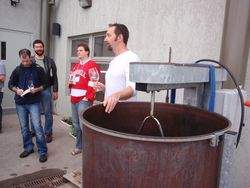 In putting TasteCamp North on my itinerary squarely between my PhD defense and my wedding/honeymoon, I am a bit late to the posting party. Many of the points I wanted to tackle have already been covered by other astute NYCR writers.
In putting TasteCamp North on my itinerary squarely between my PhD defense and my wedding/honeymoon, I am a bit late to the posting party. Many of the points I wanted to tackle have already been covered by other astute NYCR writers.
However, this delay does give me an opportunity to respond to some of the points made while adding a few of my own:
- Evan, Julia, and Bryan all mentioned the organic/biodynamic producers. Evan praises Tawse winemaker Paul Pender's "utterly refreshing lack of militancy" about biodynamics while still mentioning the dynamizer (pictured right) and cow horn preps. This analysis is spot on, as usual. I, too, noticed Pender's appeal to the more scientific and practical aspects of biodynamics. On the surface, you'd think that the spiritual aspect of biodynamics was completely absent at Tawse. However, spirituality and biodynamics go hand in hand, and it's misleading to say otherwise.
- I agree that chardonnay was very well-done for the most part. I'm not as averse to oak as some people, but I do crave acidity, which Niagara Chardonnay has in spades to give even the biggest oak monster a refreshing finish.
- There are lots of producers bottling entirely on screwcap. Coyote Run's winemaker David Sheppard said "I have no tolerance for cork taint." I suppose switching over and/or buying new bottling lines is easier in a place with as much capital as Niagara seems to have.
- Experiments with wild ferments abounded, but none were as successfully demonstrated as the wild fermentation pinot we tasted at Freedom Run.
- Lakeview Cellars poured a limey Kerner and banana-tangerine Auxerrois, but both grapes are somewhat rare in Niagara.
Overall, my experience at TasteCamp North was very rewarding and gave me the chance to taste an up-and-coming region. The progress that this very young region has made in its short existence is astounding and it's clear that passionate wine industry (and financiers) are making that happen.
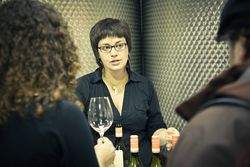
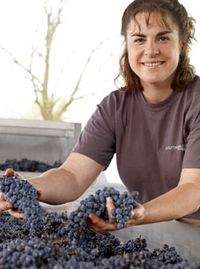
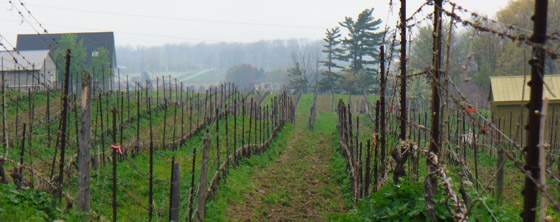

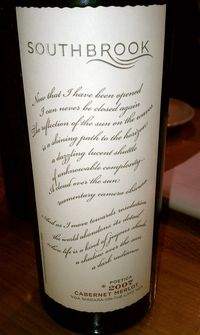
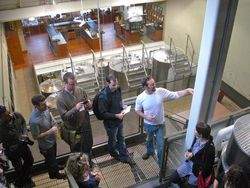
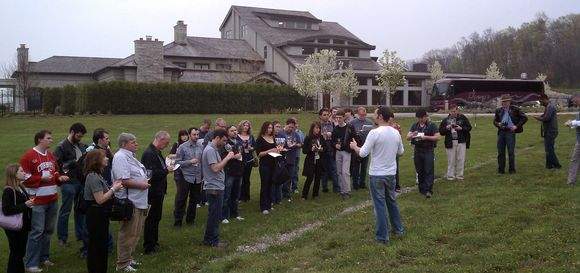
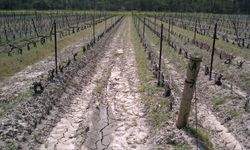
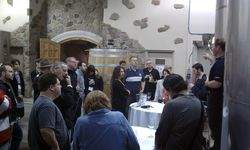
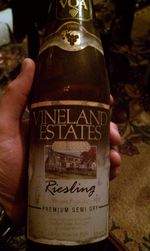
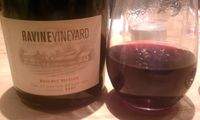
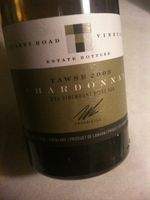
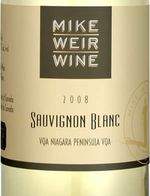
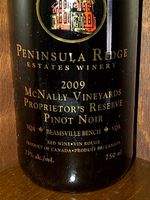
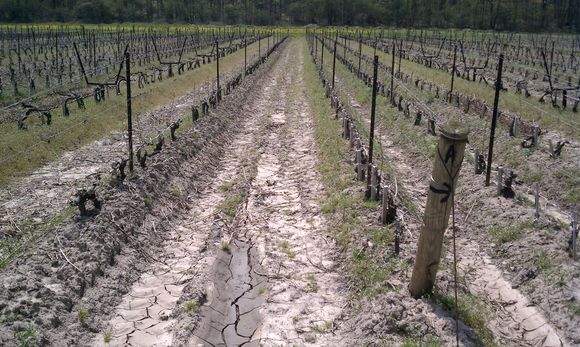
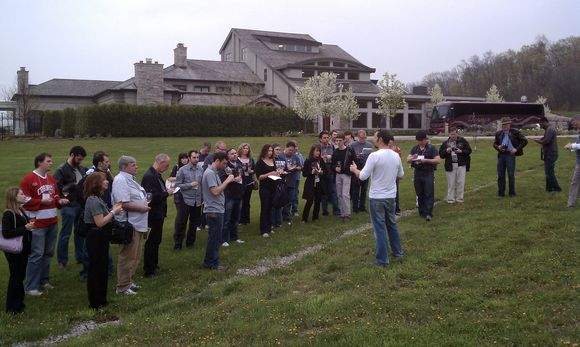
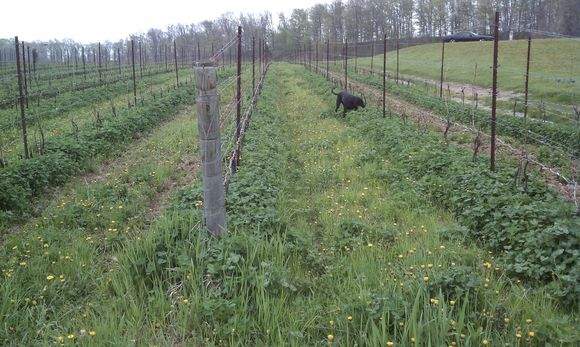
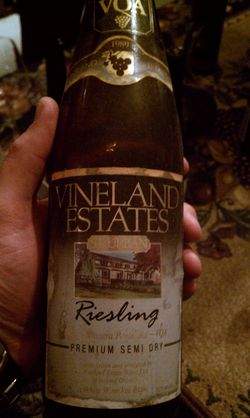
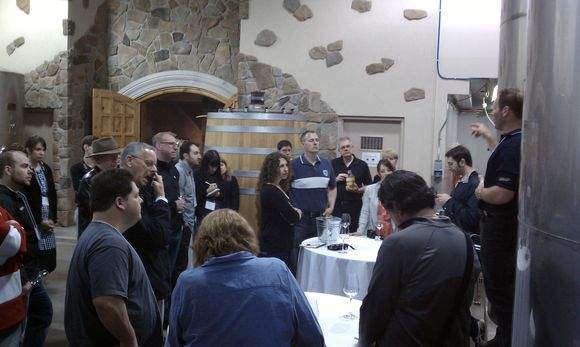
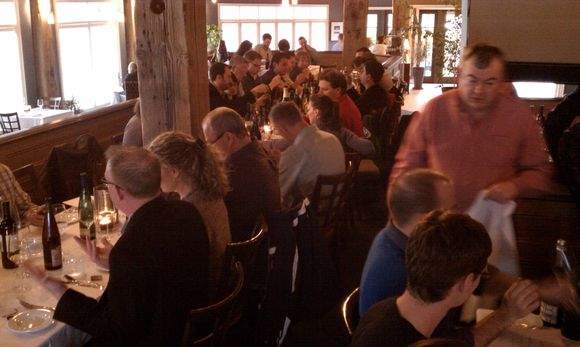
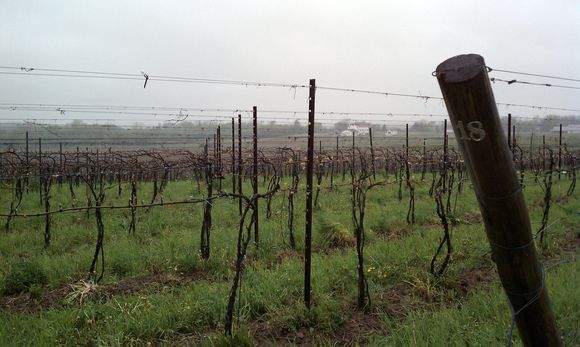
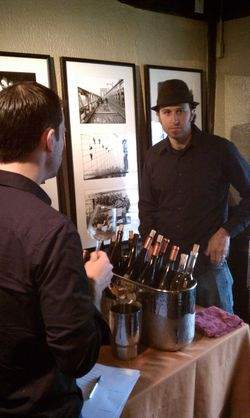
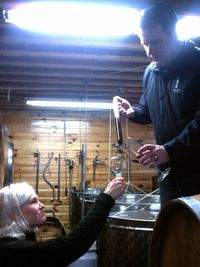
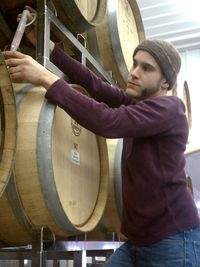
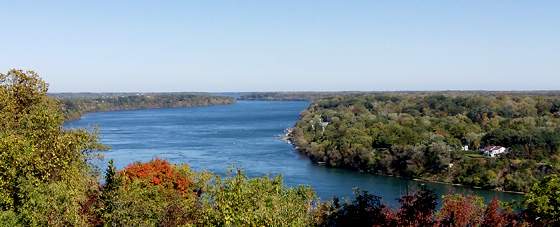
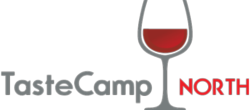
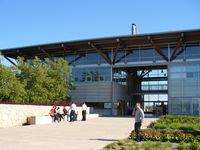
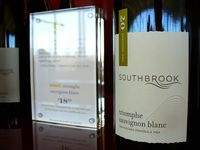
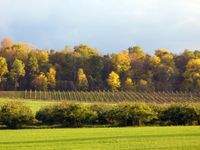
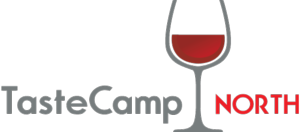


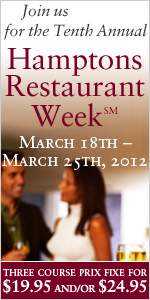
Recent Comments